Energy Prices Are Rising – read how to eliminate draughts and save energy
According to the Energy Saving Trust, effectively managing draughts in the home is the most efficient way to save energy and therefore money, as well as reduce your environmental impact.
Controlled ventilation is important for a healthy living environment. It helps to reduce condensation and damp, by allowing fresh air to circulate when needed. However, if draughts are not controlled – they let too much cold air in and allow precious warm air to escape.
Here we explore the shorter and longer-term solutions to effectively eliminate draughts and achieve a warm, cost-effective, energy-efficient and environmentally-friendly home.

Draught discovery
Draught-proofing your home means finding and blocking up unwanted gaps that let cold air in and warm air out. ‘Saving’ warm air effectively means that you’ll use less energy to heat your home, which in turn will cost you less, and of course make home a cosy and snug place to be.
It’s important to be selective about the gaps that you block to ensure adequate and appropriate ventilation.
Managing ventilation
Air needs to be able to flow in and out of your house so that it is a fresh, dry and therefore, a healthy environment. It’s important to ensure that you don’t seal up ventilation that is intended to allow adequate air flow. Be mindful of the following ventilation devices:
- Extractor fans – designed to remove damp air quickly in rooms where moisture is produced such as kitchens, bathrooms and utility rooms.
- Underfloor grilles or airbricks – used to ensure that wooden beams and floors are kept dry.
- Wall vents – allow small amounts of fresh air to circulate.
- Trickle vents – used in modern windows to allow a comfortable ‘trickle’ of fresh air to manage condensation.
Draughty culprits
Windows
Older, single glazed windows and those that are in a poor state of repair are the worst culprits for unwanted draughts, but there are some quick fixes that can be adopted to reduce their impact:
- Draught-proofing strips can be adhered around opening window frames to fill gaps – foam strips or those with brushes can be used, depending on the size of gap. They will need to be regularly replaced if they deteriorate, and it’s important to choose the appropriate size.
- For windows that don’t open, a silicone sealant can be used to seal gaps around the frame.
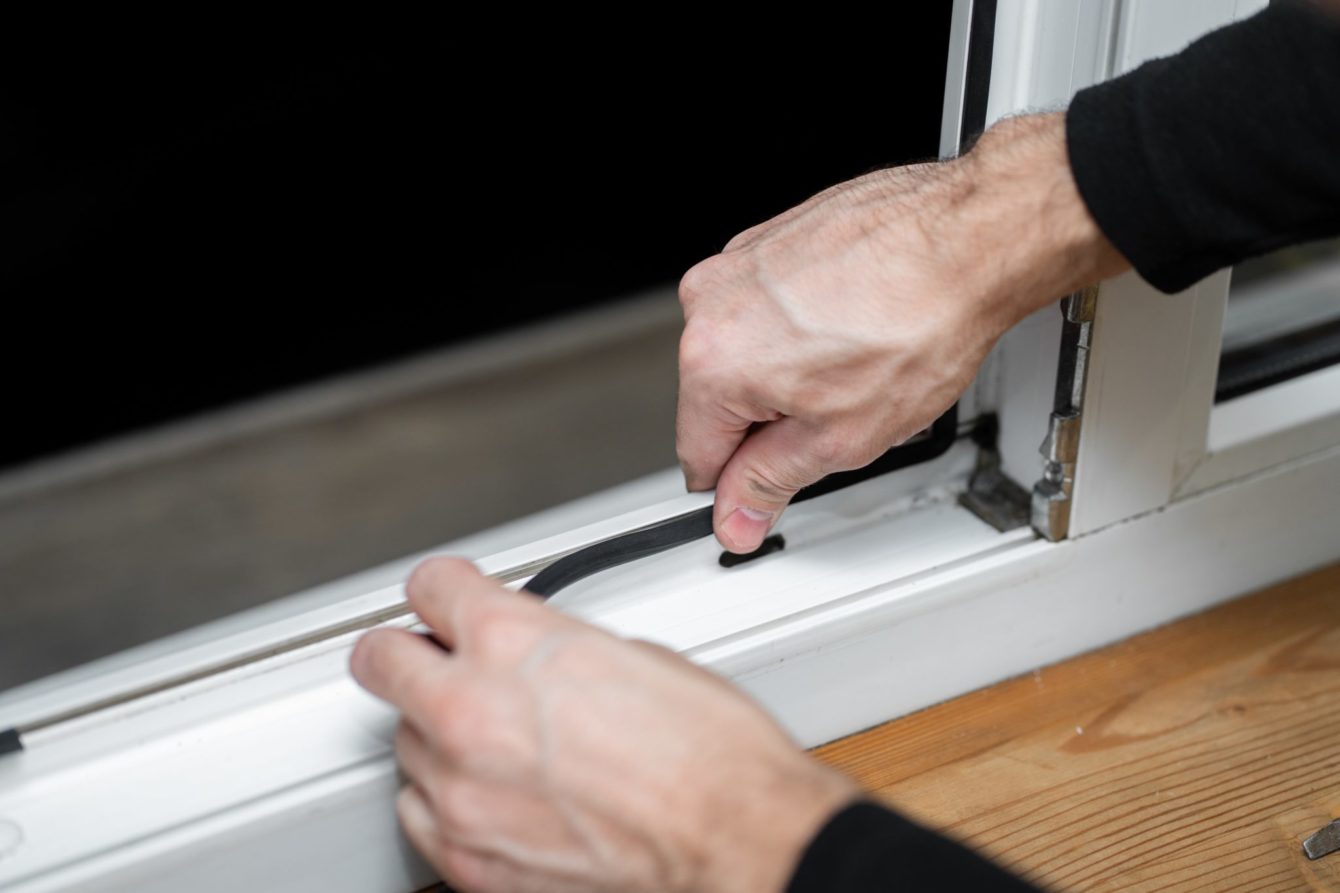
Doors
Older external doors that are not properly sealed cause a large proportion of household heat loss. There are some short-term solutions to deal with draughty doors:
- Keyhole – purpose-made covers are available that drop a metal disc over the hole.
- Letterbox – flaps or brushes can be bought to cover the letterbox, but it’s important to select the appropriate size.
- Gap at the base – a draught excluder with a brush or hinged flap can be useful.
- Gaps around edges – as with draughty windows, foam or brush strips can be used.
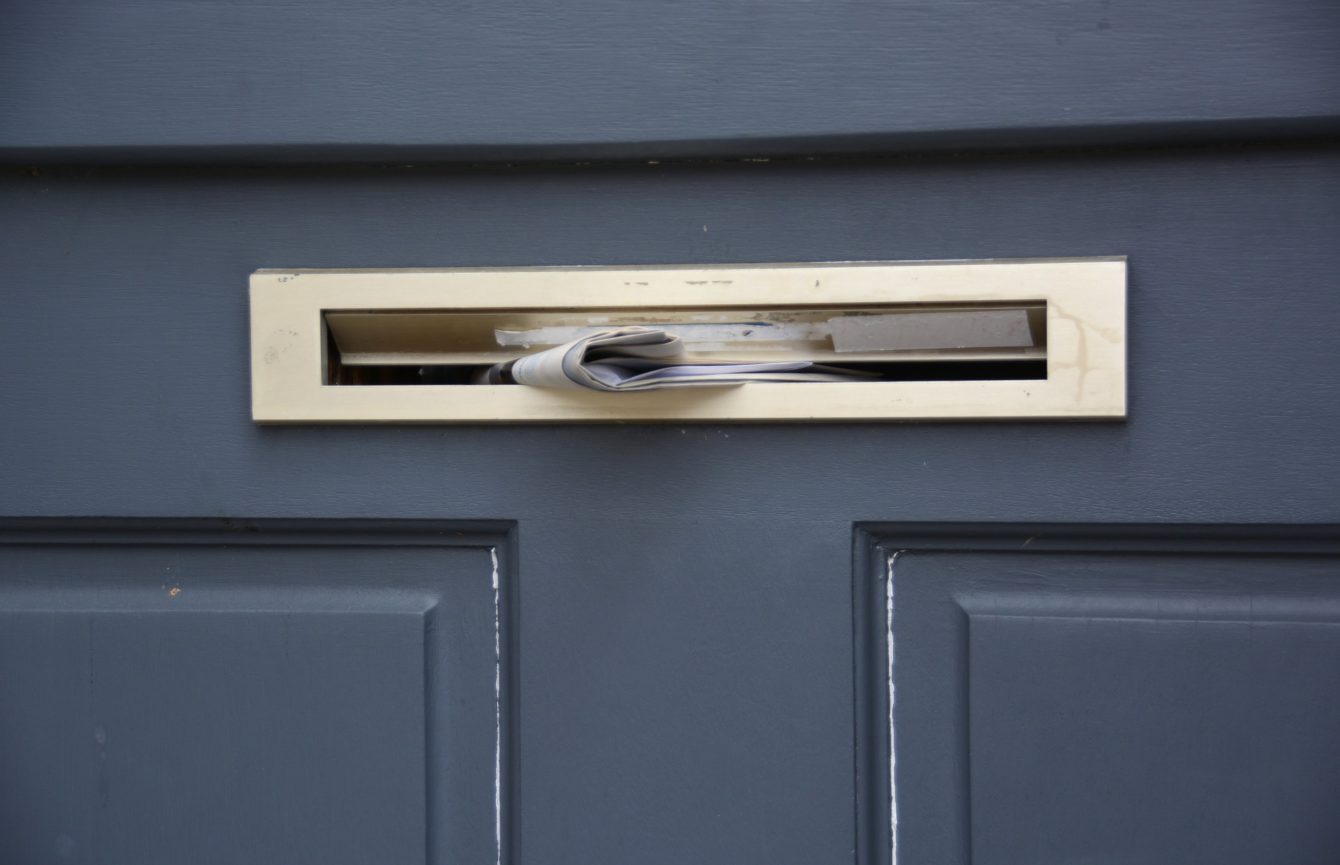
Benefit can be gained from draught-proofing internal doors if they lead to a room that isn’t usually heated such as a porch or hallway. Keeping those doors closed minimises heat loss and, if there is a gap at the base of the door, block it with a draught excluder.
Chimneys
When fireplaces are unused, the chimney is a source of unnecessary draughts. There are two main solutions:
- Ask a professional to fit a cap over the chimney to prevent cold air from entering.
- Fit a chimney draught excluder to help stop draughts and heat loss. They are usually fitted inside the chimney or around the fireplace. A popular, cost-effective option is an inflatable one that fits inside the chimney, or it’s possible to have a custom-made one to fit the space exactly.
Remember to remove the draught-proofing if you decide to light a fire!
Floorboards and skirting boards
Cold air can find its way into your home through gaps and cracks in your floor. Floorboards and skirting can contract and expand over time and with daily use.
A good solution is to fill these gaps and cracks with filler. A flexible filler is ideal to tolerate the movement of everyday use. These tend to be silicone-based – products such as decorator’s caulk and mastic can be used.
Fillers can be chosen in different colours to suit the area to be filled, and there are indoor and outdoor versions available. The filled areas will need to be re-filled in time, as the product can break down, or the surrounding material may undergo further movement.
For wooden floors, further insulation can be achieved by lifting the floorboards and laying wool insulation, supported by netting, between the joists.
Loft hatches
As warm air rises, it’s a waste to let it escape into your loft or attic through gaps in a loft hatch.
So, it’s a good idea to block draughts around your loft hatch, using strip insulation as with windows and doors.
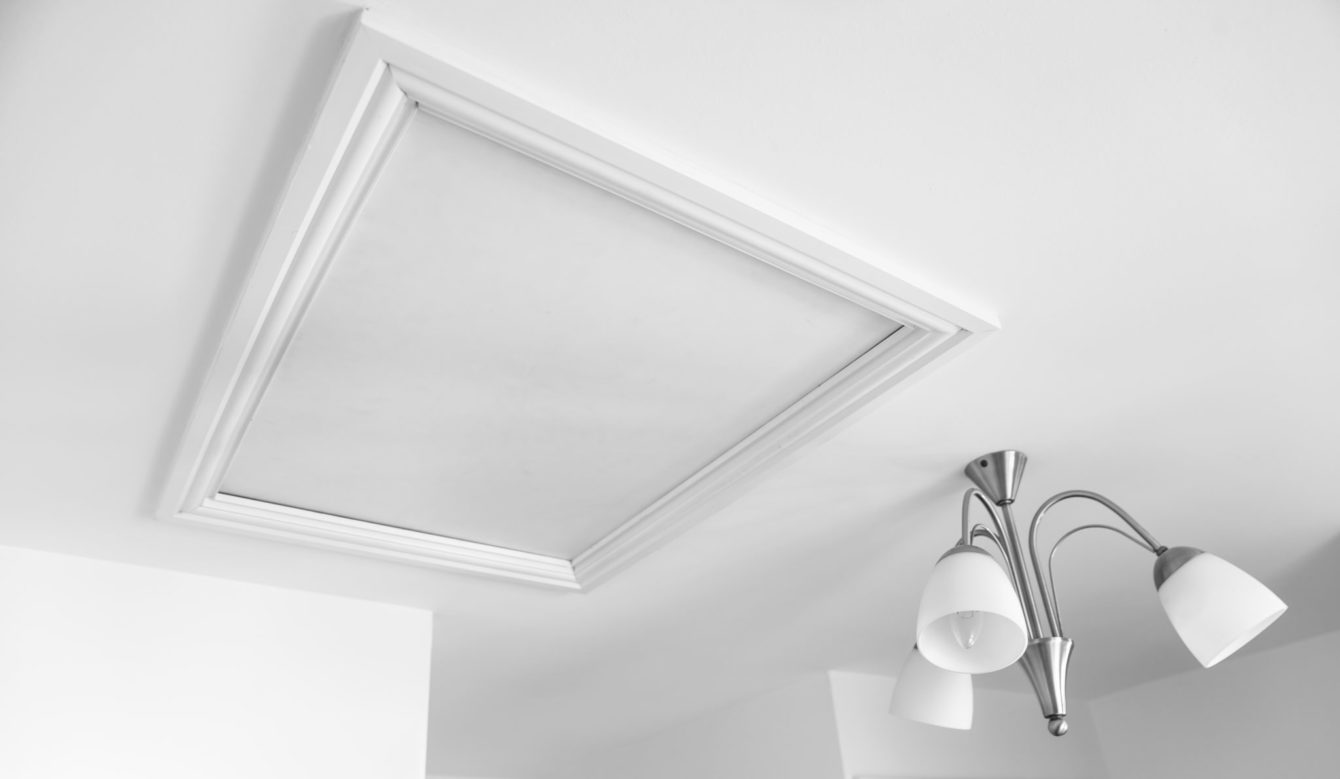
Old extractor fans
Outlets formerly used for extractor fans can be a significant source of draughts and heat loss. They may need to be filled with bricks or concrete and sealed from inside and outside the home to ensure sufficient draught and damp-proofing.
Cracks in walls
Cracks in walls can cause draughts, but can be solved easily using cements or hard-setting fillers. These are suitable for use around electrical fittings on walls and ceilings and at ceiling-to-wall joists.
With larger cracks that appear, it is best to get these investigated professionally to ensure there are no underlying issues.
Long-term solutions to achieving a warm, draught-free home
It’s clear that windows and doors are the greatest culprits for draughts and energy inefficiency in the home. Replacing them with modern, high-performance alternatives has far-reaching benefits.
It’s not about only achieving a warm, but well-ventilated environment. Energy-efficiency is ever-more important from a cost and environmental perspective. Plus, these improvements add value to your home whilst you are enjoying its comfort, and later from a re-sale perspective.
Double and triple glazed windows
Double and triple glazed windows use the gap between the glass panes to create an insulating barrier, separating the inside of your home from the outside. This sealed unit is a modern and highly-efficient glazing method.
By filling the gap with air or gas (such as argon), which is a poor conductor, there is a significant decrease in the amount of heat that is lost from your home.
For some homes, where there are specific requirements for managing heat loss or noise reduction, triple glazed windows may be the most appropriate option. Triple glazing has an additional pane of glass, creating two gas-filled gaps instead of one, which increases heat and sound insulation properties. In most cases, double glazing is perfectly adequate to achieve all the necessary benefits.

U-values
Modern glazing is rated according to its ability to prevent heat from escaping, or its ‘U-value’. Higher U-values indicate more heat loss, while lower U-values mean less heat loss.
U-values range from 0 to 2.00. As an indicator, high-performance double glazing offers U-values of up to 1.6, therefore helping to keep your home warm and energy bills down. As you would expect, triple glazing offers the best insulation with a lower U-value.
Choice and style
From sliding sash to bay windows, for period or contemporary homes, replacement windows can be designed and tailor-made to your unique requirements in either PVCu, Timber or Aluminium.
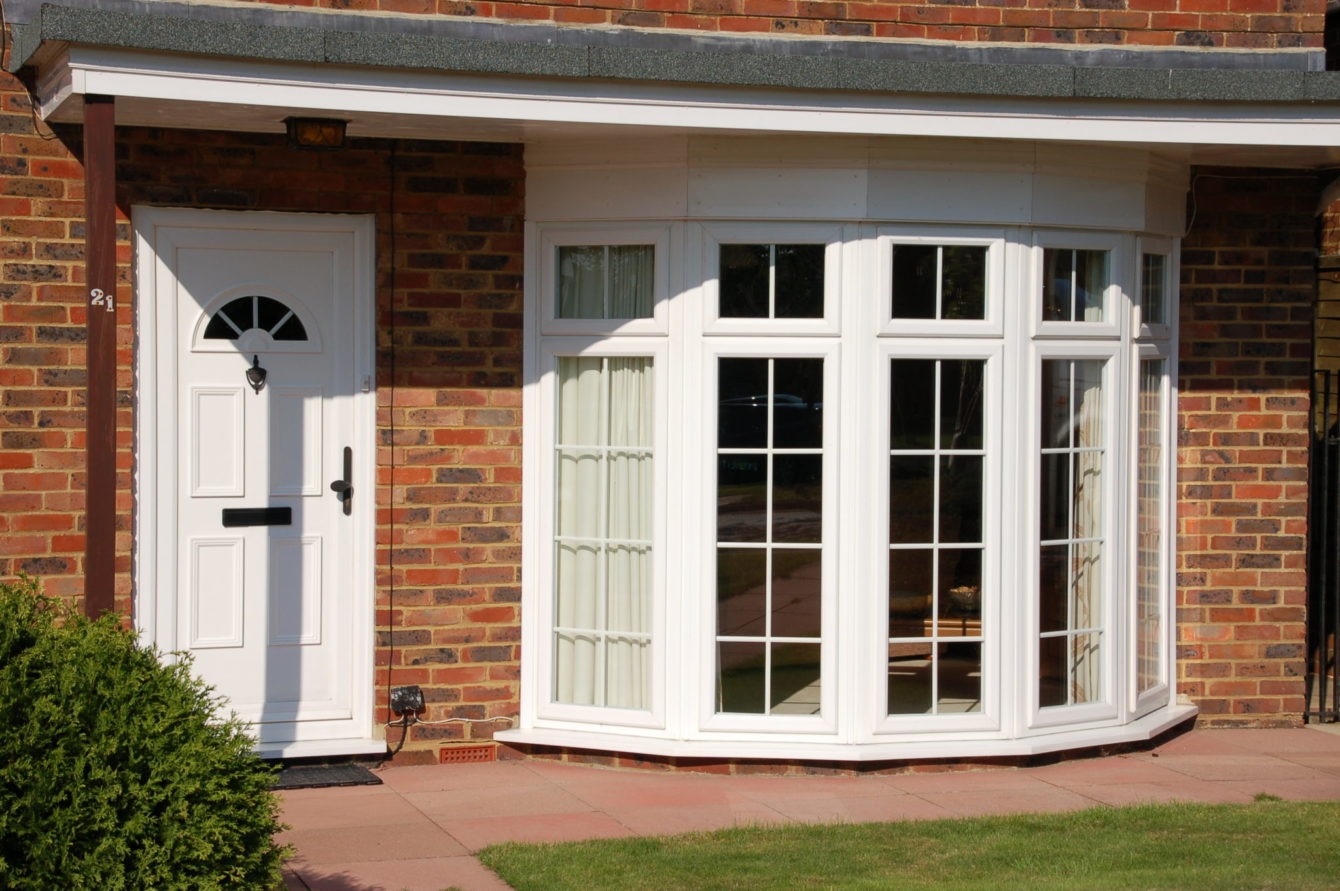
High-performance DUO composite doors
At Window Wise, we recommend the DUO double-rebate composite door to offer maximum protection against draughts to ensure that rooms or hallways with doors that open to the outside are as warm and energy-efficient as possible.
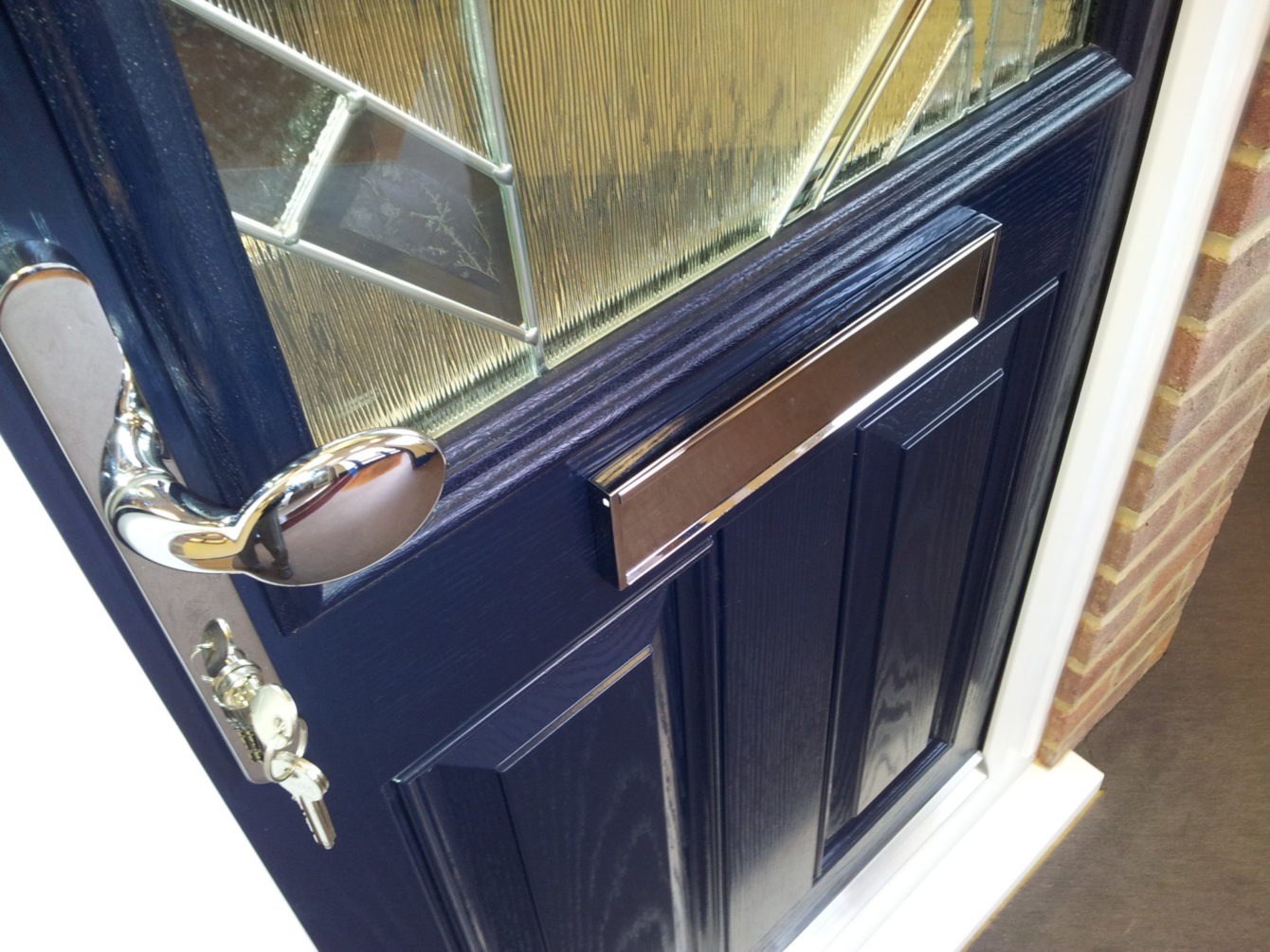
What is a double-rebate composite door?
‘Composite’ doors are made of more than one specially selected material, to achieve strength, stability and longevity. For this reason, they outperform traditional timber doors.
The term ‘double-rebate’ refers to the fact that the door and frame overlap. This enables compression seals to be fitted to both surfaces, giving the door an extremely secure, weathertight fit. As you might expect, this significantly impacts the door’s ability to retain heat – the DUO composite door has a U-value of 1.6 or less.
Get a professional, permanent solution to draughts
If you are ready to look at a long-term solution to keeping your home warm, secure and draught-free, our expert team are on hand to guide your through the various options for replacing your windows and doors.
To book a design consultation, please call us on 01444 45 71 45.